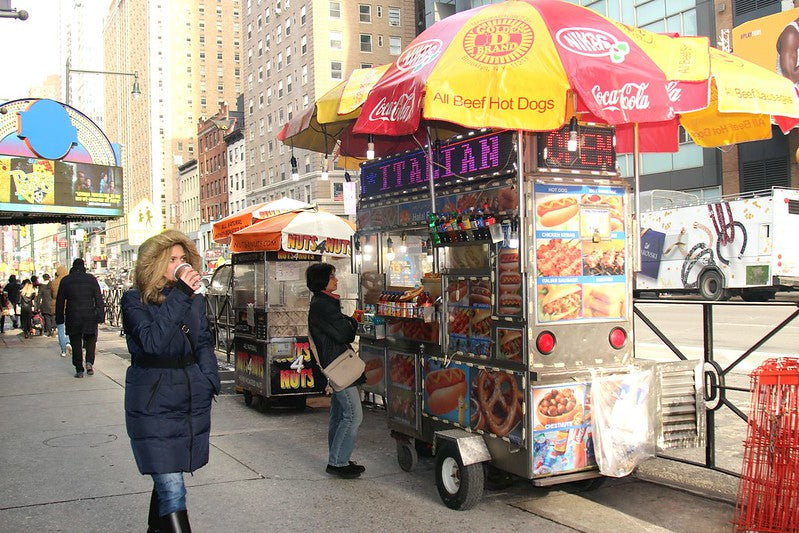

· By Chamoy City Limits
History of Street Food in the USA
The history of street food in the United States is a rich and diverse tale that dates back to the early days of the nation's development. Street food has played a significant role in shaping American culinary culture and has become a quintessential part of the urban food scene. Let's take a journey through time to explore the evolution of street food in the USA:
-
Colonial Era (17th and 18th centuries): Street food in the United States has roots in the early colonial period. In port cities like New York, Philadelphia, and Boston, vendors sold oysters, fruits, nuts, and other simple fare to sailors and passersby. These early street food offerings were influenced by the culinary traditions of the European immigrants who settled in these regions.
-
Pushcarts and Mobile Vendors (19th century): As cities grew and urbanization spread, street food vendors began using pushcarts and mobile food stands to serve a more diverse range of foods. Immigrants from various countries, such as Chinese, Italian, Jewish, and Irish communities, contributed to the variety of street food offerings. Foods like pretzels, hot dogs, tamales, and egg rolls became popular among working-class Americans.
-
Hot Dogs and Sausages (Late 19th and Early 20th centuries): The late 19th and early 20th centuries witnessed the rise of the hot dog as a quintessential American street food. German immigrants brought their sausages to the United States, and they quickly became an affordable and popular snack option.
-
Coney Island and the Birth of Fast Food (Late 19th and Early 20th centuries): Coney Island, New York, played a significant role in the development of American street food culture. The amusement park's popularity attracted a large number of visitors, leading to the establishment of numerous food stands offering treats like ice cream, popcorn, cotton candy, and Coney Island hot dogs.
-
The Roaring Twenties and Beyond: The 1920s marked a time of economic prosperity and cultural change in the United States. This era saw the growth of food trucks, serving everything from tacos to sandwiches, catering to a diverse and evolving urban population. However, during the Great Depression, street food vendors played an even more critical role in providing affordable meals to people struggling during challenging times.
-
World War II and the Rise of Fast Food Chains: World War II brought new food innovations to the United States. The increased mobility of soldiers influenced the popularity of regional foods, like barbecue and fried chicken, across the country. After the war, veterans turned to food as a business opportunity, and this led to the establishment of some of the earliest fast food chains, like McDonald's and White Castle.
-
Ethnic Influence and Fusion Cuisine: From the 1960s onwards, the street food scene expanded significantly as more immigrants brought their traditional cuisines to the United States. This period marked the popularity of foods like tacos, falafel, sushi, and various Asian dishes, enriching American street food with a broad array of flavors and culinary traditions.
-
Modern Street Food Renaissance: In recent years, street food has experienced a renaissance across the country. Food trucks have gained immense popularity, offering gourmet and fusion cuisine with a wide range of flavors and culinary influences. Social media has played a significant role in helping food trucks and street food vendors connect with customers and build a loyal following.
Today, street food continues to be an essential part of American culinary culture, reflecting the nation's diverse population and offering an exciting and accessible way to experience a wide variety of delicious and innovative dishes.
